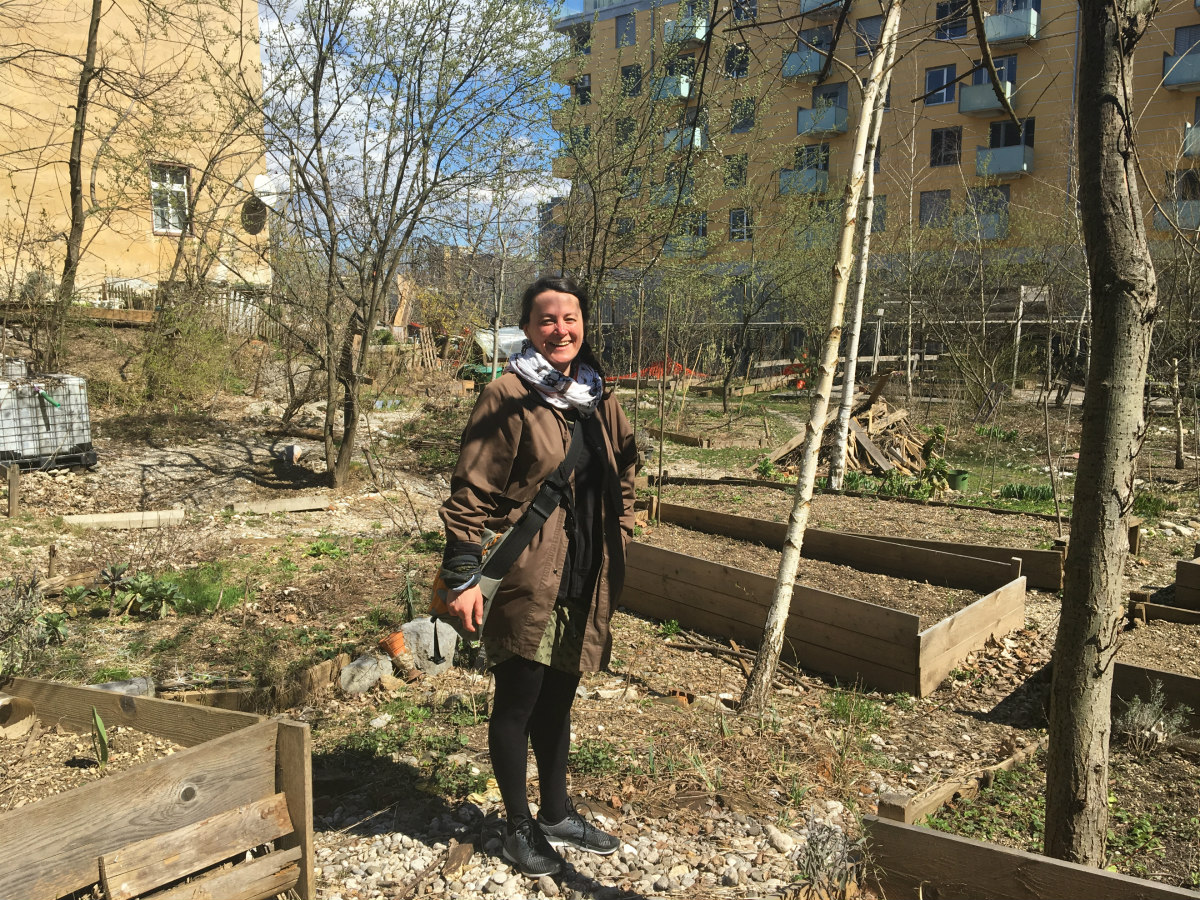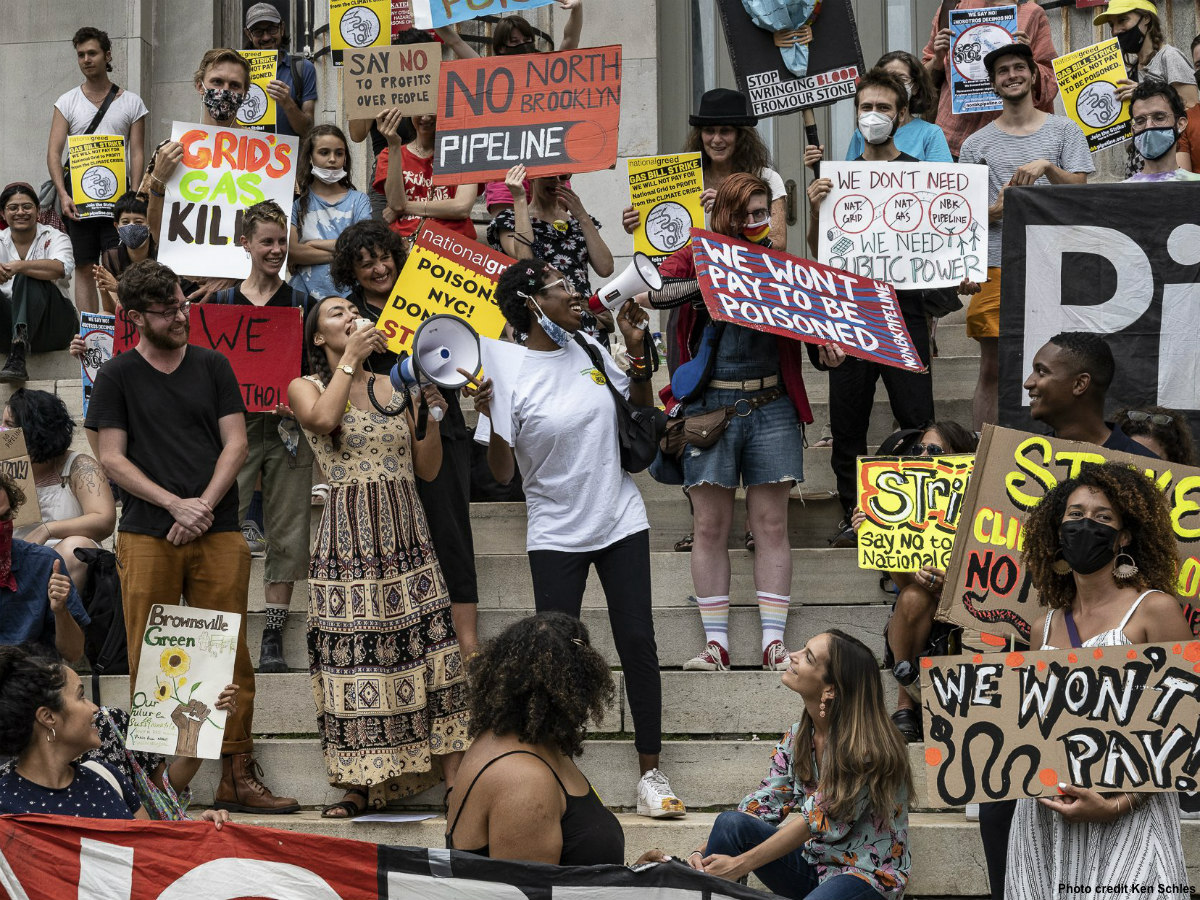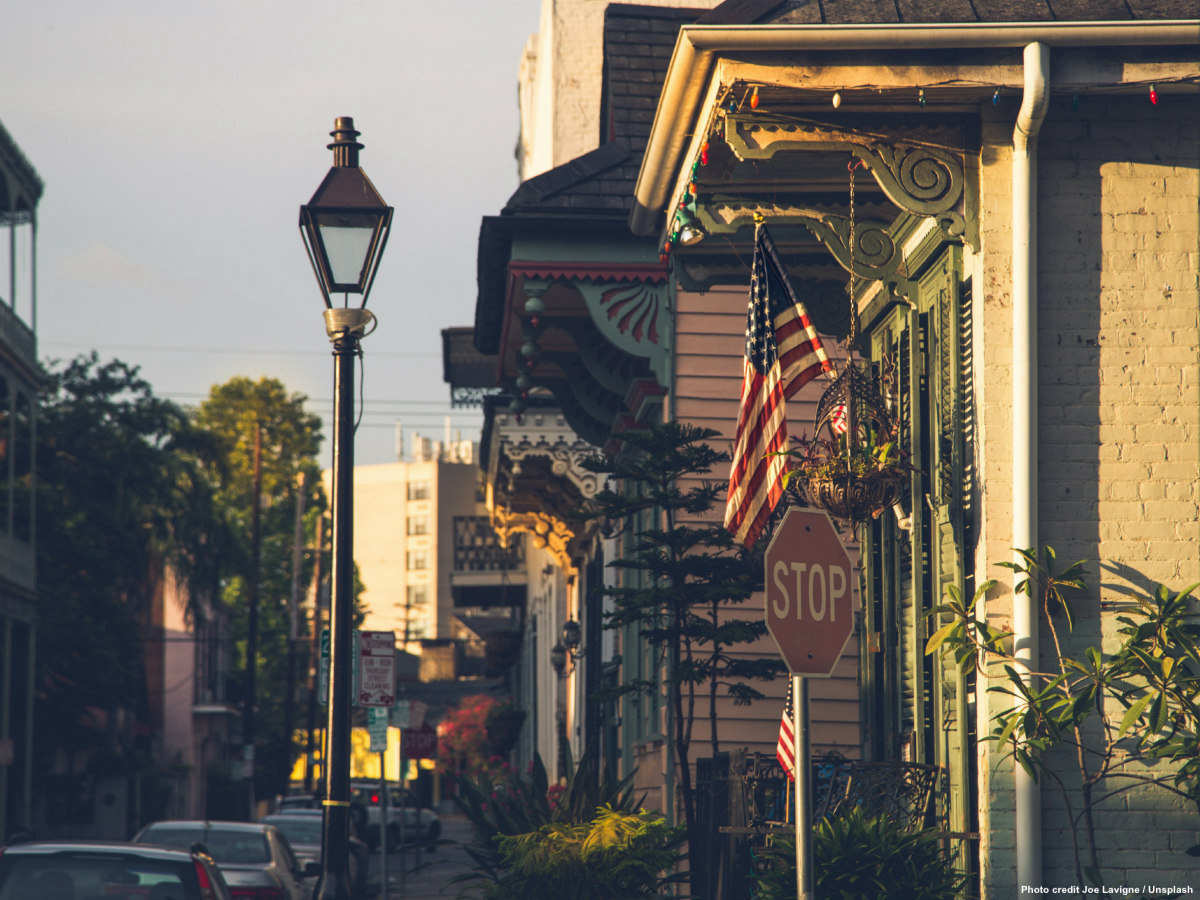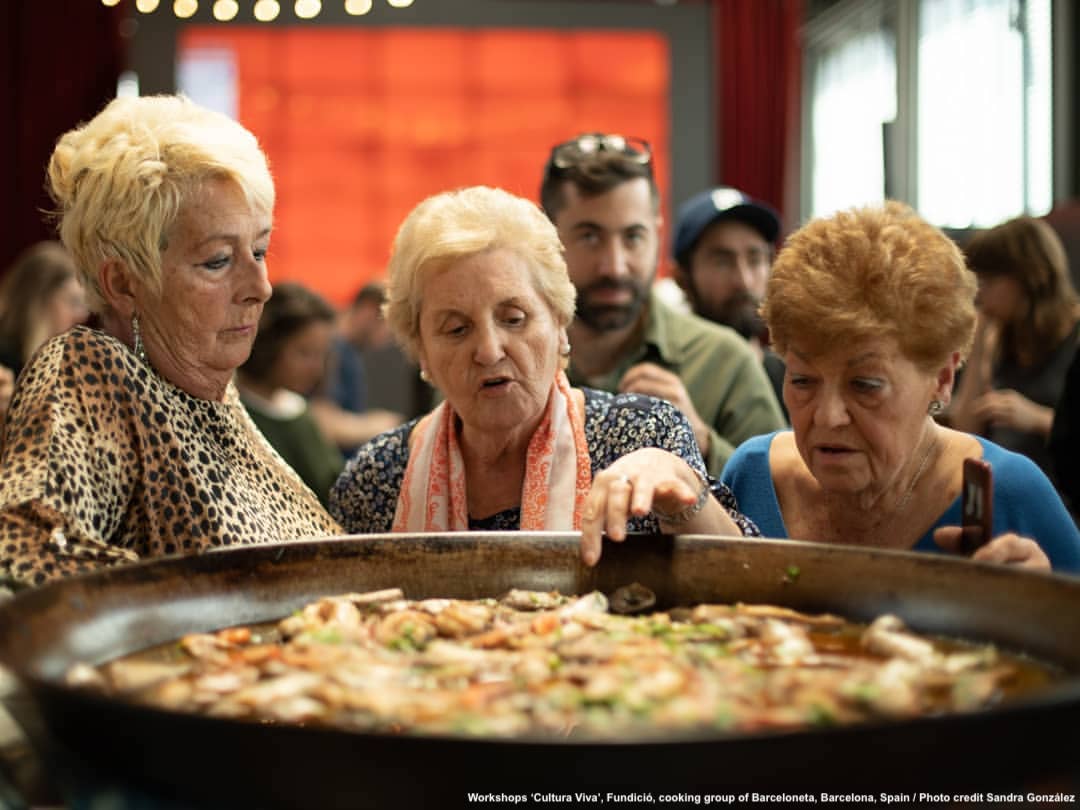The ‘Beyond a Construction Site’ urban gardening initiative in Ljubljana (Slovenia) is of a different kind. It certainly connects people with nature in the centre of the city, but further more, a new relationship between citizens and the city is flourishing out of this urban garden. At least, that was the idea when everything got started, explains Polonca Lovsin, one of its founders.
When asking one of the regular users about the garden, he promptly replied that, “for him it is a way of life rather than an urban garden initiative”. His harvest is not enough to feed the family. However, there is something more valuable than that: the connection of people with nature in the city.
This urban garden has its roots in a cultural project called ‘Garden By the Way’. It was born within the framework of the Festival ‘Vrt Mimo Grede’ organized by Bunker, a non-profit organisation whose aim is to refresh and invigorate the Slovene cultural space with innovative approaches.
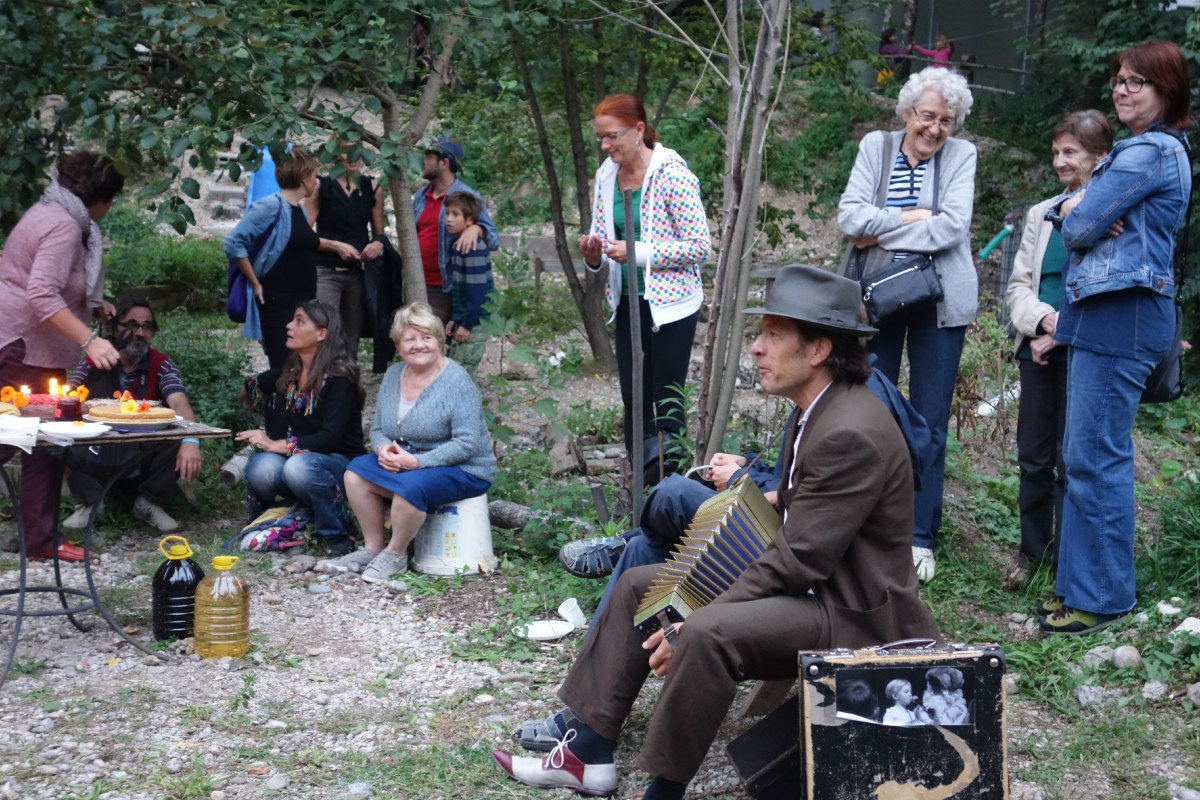
The programme of the Festival presented a series of events in the Tabor neighbourhood of Ljubljana with the objective of making people more aware of the green areas in the city, encouraging urban gardening and providing support for social urban spaces.
For quite a long time the relationship between nature and the city has been at odds with citizens and very often city developers abruptly disconnected citizens from nature.
»…There was a time once when Tabor park was actually alive, people spent a lot of time outside, they sat on the benches and walked across the promenade. Children knew each other and spent time together«. Neighbour of the Tabor local district
Polonca Lovsin, a citizen of Ljubljana and an architect and artist, is part of The Kud Obrat art group that asked the Municipality of Ljubljana for permission to open a degraded urban space for temporary use during the ‘Vrt Mimo Grede’ Festival.
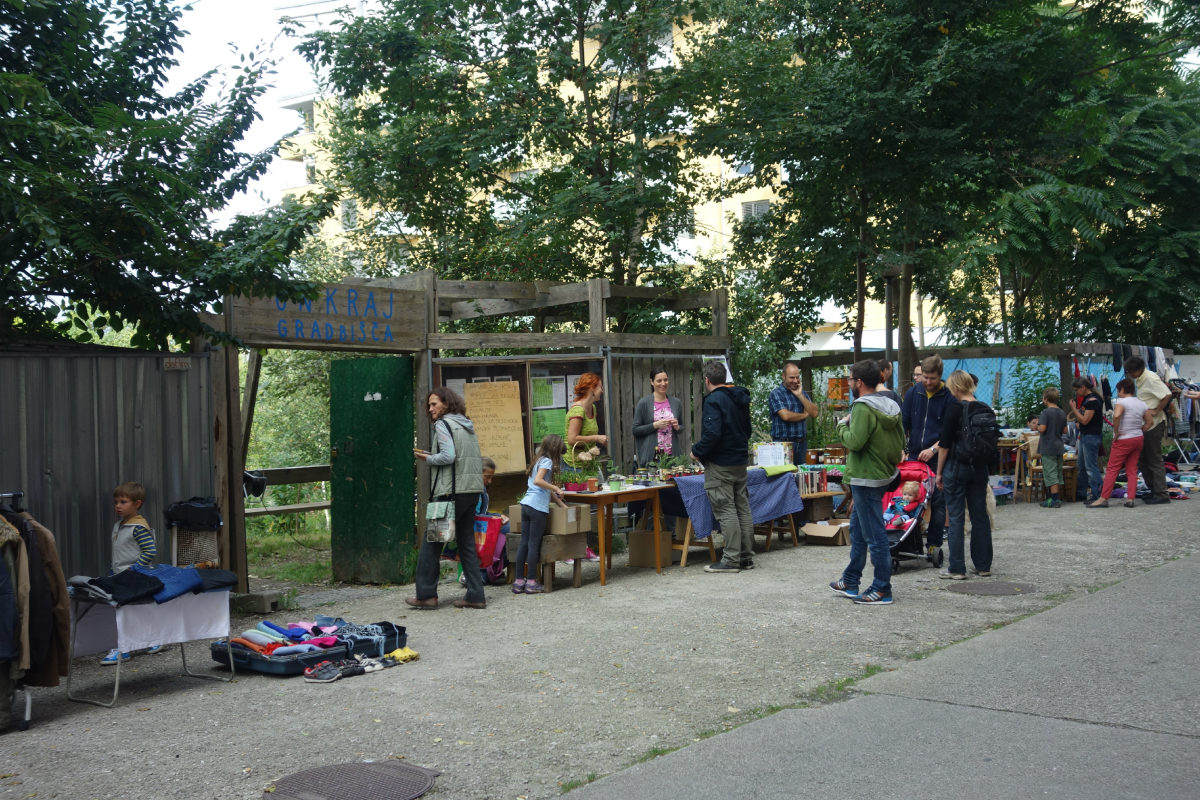
This fenced-off construction site, not far from the city’s main railway station and the Old Town, had become overgrown with willows and birches and covered in rubbish over years of sitting idle. Polonca, together with her colleagues, transformed the desolate construction site into a dynamic and creative mutual space through cooperation with other citizens.
In the process of transforming the garden, Polonca spent a day with a goat on the site and followed the goat’s movements across the widely grown area in order to make a plan with new paths for the desolated construction site (A day with a goat, all-day art action).
“After the Festival, the Municipality of Ljubljana gave us a contract for the use of the land at no charge for a full year. The spring of 2011 brought new energy to the project, when local residents responded to our invitation to “Make Your Own Garden”, explains Polonca.
The invitation anticipated the desire for small-plot farming based on the rich local tradition of that practice. More than twenty people came to the meeting and that same day they enthusiastically began setting up their vegetable beds. To build the beds they followed the principle of recycling and they mostly used materials found on the site, such as discarded lumber and stones.
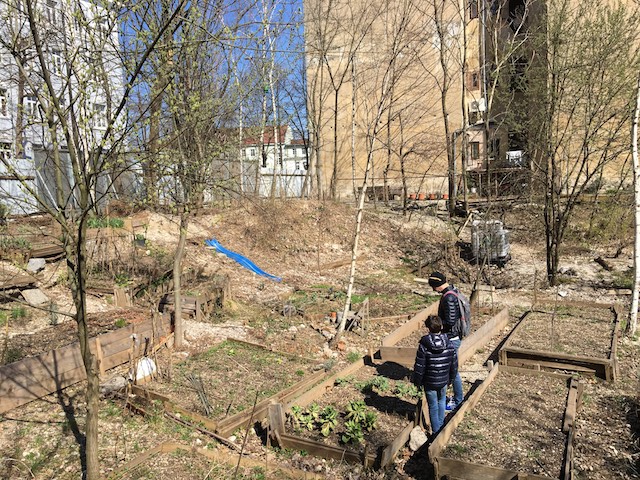
Each member of the urban garden has to contribute 20 € a year to cover the general expenses of the garden and they have to bring their own seedlings. This fee includes an easy access to water supply, one of the main challenges in urban garden. Polonca explains proudly that the city administration organises the transportation of water by trucks that fill their deposits: ‘Since 2 years we have a donation agreement with the city company that supplies Ljubljana and our garden with water; big cost is still soil that we have to order almost every year’.
One common element to other urban gardens is the mixture of people; local senior people and a modern crowd. “Having senior people without access to email or social media makes it a bit more difficult. You have to call each of them personally. However, the effort is worth it. A healthy mixture!”, says Polonca smiling.
It is great to see members of the garden arriving by bike with kids. The beautiful tree house, the slide and other elements offer the perfect trade-off for kids to visit the garden.
City dwellers in increasingly dense urban areas may have little or no connection with the natural world in their daily lives. Never have green spaces mattered more. In fact, finding connections to nature in cities is key to healthy urban living and helps city folks get back to their roots with nature contributing to a more balanced city life.
